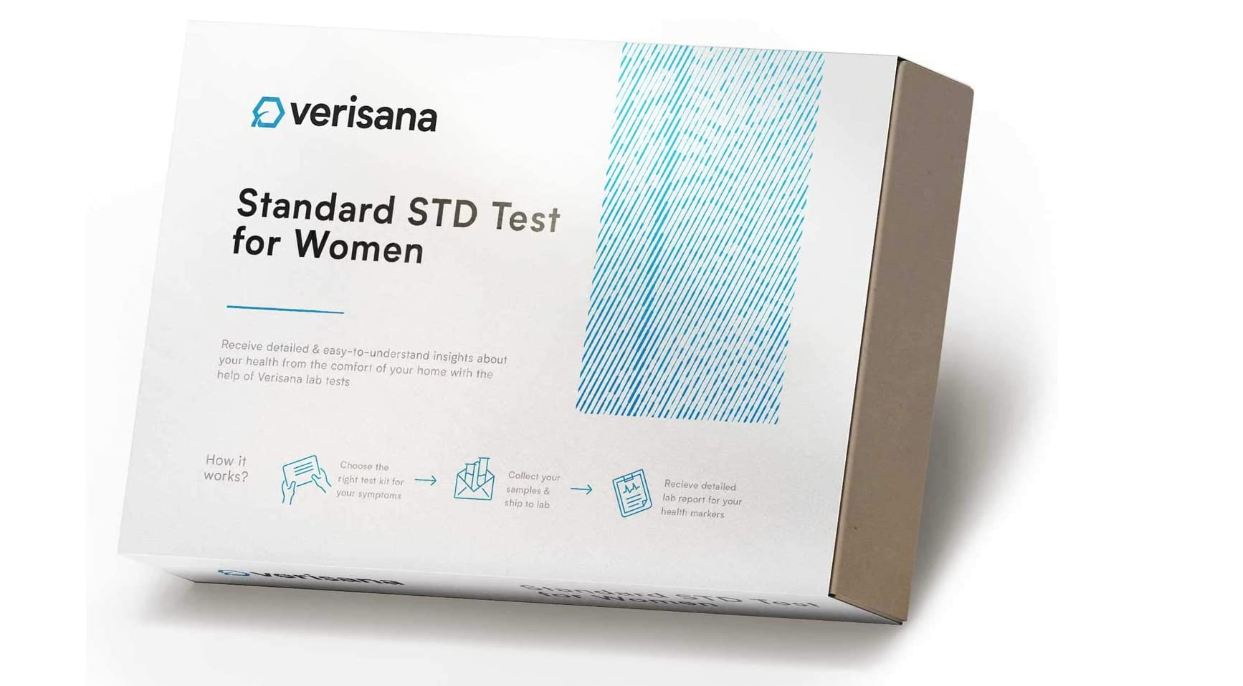
The Health Issues And Causes Among Boomers
Baby boomers ages 50+ are showing us how to have better health well into older decades. They’re exercising, watching their diet, enjoying friendships,.
Many say that improved health is the primary reason for their fitness endeavors. They want to be around to see their grandchildren and be able to interact with them in a physical way, like scooping them up into their arms for big hugs, play on the floor, and run to the ice cream truck without getting winded.
Of course, this is all after a long day at work. Many baby boomers have no choice but to continue working way past the retirement age as they don’t have the pension plans or retirement savings of their parents’ generation.
Certain health issues that plague the boomer generation
But in spite of all this, there are certain health issues that plague the boomer generation and I will be looking at some of the health issues and causes among boomers in this post.
Health Issues and causes among boomers
Because of the advancement of medical innovations people are living longer lives,
This has allowed better control of diseases which enable boomers to live longer and more independent life.
But in spite of these advancements, boomers still face many chronic diseases just like their parents and grandparents before them.
According to family medicine specialist Christina Zarate Kolp, MD, many of these conditions, if addressed early, can be minimized and/or treated.
“The sooner that you address a health concern, the better it can be managed,” she says.
According to Reyzan Shali, MD, an internal medicine specialist at Scripps Coastal Medical Center Vista. the root causes of many of these conditions begin earlier in life,
“Research has shown that people who eat healthy, stay active and avoid tobacco use can significantly lower their risk of developing many of the chronic health conditions we often associate with aging,” Dr. Shali adds
I will list some of the top health concerns and causes for boomers, and how to best avoid them:
Health Concerns for Boomers
Cardiovascular disease. (Heart disease)Causes of cardiovascular disease
While cardiovascular disease can refer to different heart or blood vessel problems, the term is often used to mean damage to your heart or blood vessels by atherosclerosis (ath-ur-o-skluh-ROE-sis), a buildup of fatty plaques in your arteries. Plaque buildup thickens and stiffens artery walls, which can inhibit blood flow through your arteries to your organs and tissues.
Atherosclerosis is also the most common cause of cardiovascular disease. It can be caused by correctable problems, such as an unhealthy diet, lack of exercise, being overweight, and smoking.
Diabetes
Diabetes. The number of adults with diabetes has more than tripled in the last 20 years. This due to an increase in obesity rates. Obesity is one of the leading risk factors for type 2diabetes.
With type 2 diabetes, you face numerous health problems that could affect your kidneys, nerves, feet, and eyes, as well as an increased risk for heart disease.
Healthy lifestyle choices can help prevent type 2 diabetes, and that’s true even if you have diabetes in your family. If you’ve already received a diagnosis of diabetes, you can use healthy lifestyle choices to help prevent complications. If you have prediabetes, lifestyle changes can slow or stop the progression of diabetes.
Cancer
Cancer. It is important that certain screenings, such as a skin cancer check, mammogram, pap smear, colonoscopy, or prostate exam be done regularly as this can help save or extend your life.
Cancer impacts people of all ages, races, ethnicities, and sexes. For most cancers, though, research shows that nearly 90 percent of all cancers are diagnosed in people ages 50 and older. Early detection is the key to saving lives.
Depression.
Depression. Many baby boomers find themselves taking care of children and aging parents. Sometimes, this feeling of being caught in the middle leads to depression and anxiety
The stress of being a dual caregiver can be significant, especially on individuals who are also working, struggling financially, or dealing with other challenges
Alzheimer’s disease
Alzheimer’s disease Researchers don’t know exactly what causes Alzheimer’s disease. But as scientists have learned more about the condition, they’ve found clues about where symptoms come from and who’s at risk.
Age. Your risk for Alzheimer
- Age. Your risk for Alzheimer‘s goes up as you get older. For most people, it starts going up after age 65.
- Gender. Women get the disease more often than men.
- Family history. People who have a parent or sibling with Alzheimer’s are more likely to get it themselves.
- Down syndrome. It’s not clear why, but people with this disorder often get Alzheimer’s disease in their 30s and 40s.
- Head injury. Some studies have shown a link between Alzheimer’s disease and a major head injury.
- Other factors. High cholesterol levels and high blood pressure may also raise your risk.
No matter what area you look to, heart disease, obesity, diabetes, high blood pressure, or osteoporosis, research shows being physically fit into your senior years will keep you healthier and active longe
The desire to stay independent
The desire exists to stay active late in life, and defy traditional aging and age-related stereotypes
So as boomers I am one also, we need to take care of ourselves we need to Eat Healthily, Stay Fit
We need to exercise it is wise to do some strength-building exercise, build muscles, eat healthily cut down on red meat, butter, and other such foods. Instead, add more fatty fish and fats from plants, like flaxseed and nuts.
Eating Healthy

Choose foods packed with the nutrients you need. Eat dark leafy greens and colorful fruits and vegetables.
Increase low-fat dairy to get calcium for bones. Fortified foods — like cereals with vitamin B12 and milk with vitamin D — can help, too. Cut down on empty calories from sugary drinks and sweets.

Protect Your Joints if you have arthritis or damaged joints, running could be too much. But you can still benefit from exercise. Low-impact activities like walking or biking can help strengthen muscles, support joints, and lessen pain
It’s essential to take care of yourself first,” says Dr. Shali. “Make an effort to get enough sleep, eat right, and exercise regularly.
Thank you for your time, it is greatly appreciated, your comments are appreciated and if you have any information related to the health issues mentioned in this post, please let me know and remember to share this post.
You must not rely on the information on our website as an alternative to medical advice from your doctor or other professional healthcare providers”
.NOTE: This post includes affiliate links, which, if clicked on and a product purchased, I get a small commission (with no increase in cost to you)





